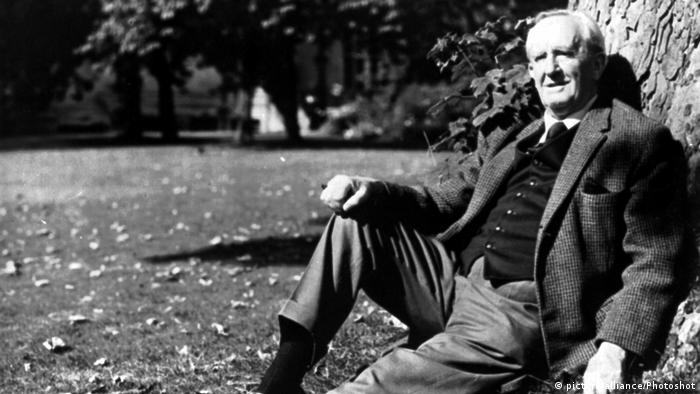A dwarf is an entity that lives in the mountains and the earth in Germanic folklore, including Germanic mythology. Wisdom, smithing, mining, and crafting are all associated with them. They are often described as being short and ugly. Some scholars, however, have questioned whether this is a later development resulting from comical depictions of the beings. But did you know that the term dwarves was popularized by a certain author?
The term “dwarves” is a more recent addition to the English vocabulary that was popularized by the fantasy author J.R.R. Tolkien. The term was used in his works like “The Hobbit” and “The Lord of the Rings”.
Who is JRR Tolkien?
JRR Tolkien or John Ronald Reuel Tolkien was born in Bloemfontein, South Africa on January 3, 1892. He passed in Bournemouth, Hampshire, England on September 2, 1973. He was an English writer and scholar best known for his children’s books like The Hobbit and his richly imaginative epic fantasy The Lord of the Rings.
Tolkien moved to England with his mother and younger brother when he was four years old. This was after his father, a bank manager, died in South Africa. His mother converted to Roman Catholicism in 1900, a faith that her elder son also practiced fervently. When she passed in 1904, her sons became the wards of a Catholic priest.
Tolkien later fell in love with another orphan, Edith Bratt, who inspired his fictional character Lúthien Tinúviell, four years later. His guardian, on the other hand, was not supportive of this and said that Tolkien could not propose to Edith until he was 21 years old.
When Tolkien died on September 2, 1973, at the age of 81, from a bleeding ulcer and a chest infection. He was buried in the same grave as his wife, with Beren added to his name. (Source: Britannica)
What Were Tolkien’s Influences in his Writing?
Tolkien’s Middle-earth fantasy works, particularly The Lord of the Rings and The Silmarillion, drew on a wide range of influences, including his philological interest in language, Christianity, mythology, archaeology, ancient and modern literature, and personal experience. His philological work was centered on the study of Old English literature, particularly Beowulf, and he recognized its significance in his writings. He was a gifted linguist who was influenced by Germanic, Celtic, Finnish, and Greek mythology and language.
Many literary and topological antecedents for characters, places, and events in Tolkien’s writings have been identified by commentators. Some writers influenced him, including Arts and Crafts polymath William Morris, and he undoubtedly used real place names, such as Bag End, the name of his aunt’s home.
He also mentioned John Buchan and H. Rider Haggard, authors of contemporary adventure stories he enjoyed. Some specific experiences have been identified as having effects. Tolkien’s childhood in the English countryside, and its urbanization as Birmingham grew, influenced his creation of the Shire, while his personal experience fighting in the trenches of World War I influenced his depiction of Mordor. (Source: Britannica)
